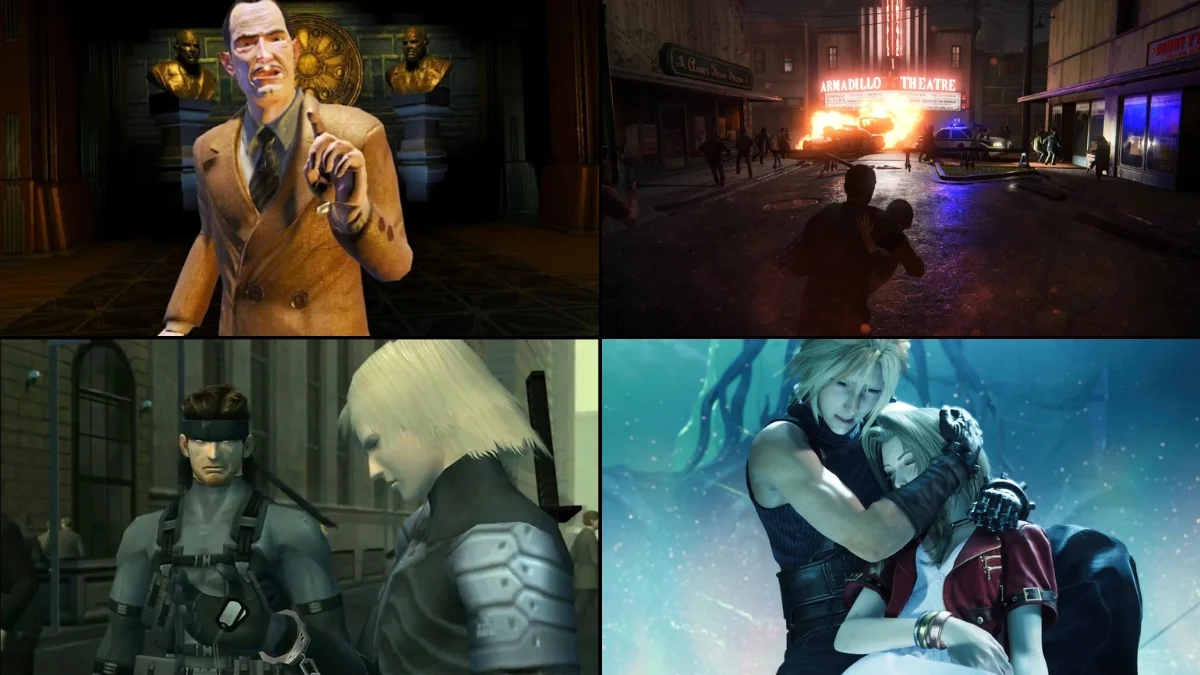
Man, some twists in games just *stick* with you, you know? I’m still thinking about certain ones years later! They weren’t just shocking; they actually changed the way games tell stories. They really pushed what we expect from games, making them more interactive and getting us to think about things like what’s right and wrong, how much control we *really* have, and just how games are made. What I’m about to share is a look back at those big moments – the scenes and reveals that totally blew my mind and changed what I thought games could even *do*. It’s a wild ride, trust me. You won’t believe some of this. Seriously.
You’ll discover surprising story twists, shifts in viewpoint, clever gameplay mechanics, and moments where the game directly acknowledges the player – all techniques that have become common in gaming. For each example, we’ll provide a brief explanation of the game it came from, why it was important, and how the developers achieved it – so even if you didn’t experience it originally, you’ll understand why it was so groundbreaking.
“Would You Kindly?” in BioShock
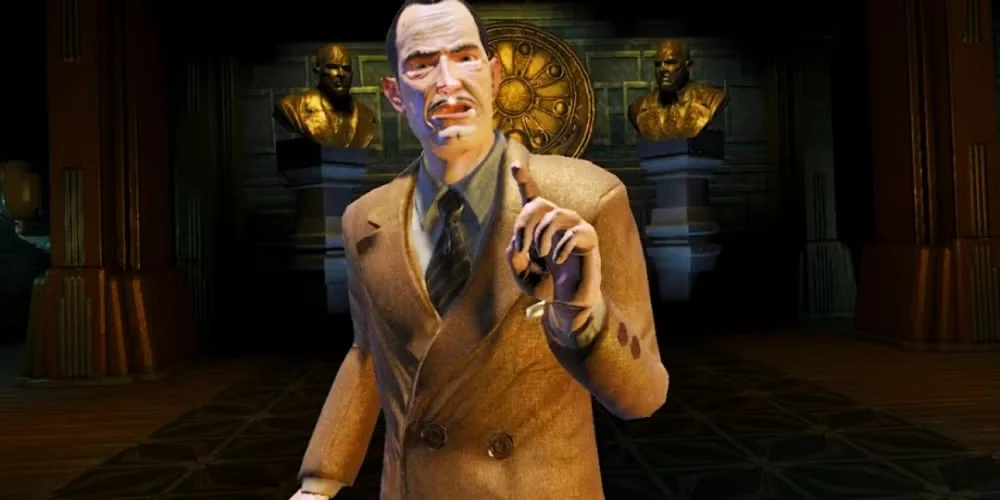
About halfway through the game BioShock, it’s revealed that the main character, Jack, has been conditioned to automatically obey the phrase “Would you kindly?”. This explains why he consistently accepted every objective given to him by Atlas when he used those exact words. The revelation completely changes how you view earlier parts of the game, including the assassinations he carried out because of that trigger phrase.
The game reveals its story through audio recordings, details in the game world, and a specific series of events leading up to meeting Andrew Ryan. This way of connecting the story to how you play questions whether players truly have freedom, as following instructions is essential to progress and is presented as a recurring order.
Aerith’s Death in Final Fantasy VII

In Final Fantasy VII, Sephiroth kills Aerith while inside a temple. This permanently removes a key character from your team after you’ve spent a lot of time developing her story and abilities. The scene happens after several hours of buildup, which establishes Aerith as vital to resolving the planet’s problems.
From a gameplay perspective, this loss is permanent – you can’t bring her back with any items or spells. This means you’ll need to adjust your team, how you equip materia, and your battle plans for the rest of the game. The story also changes direction, now focusing on the fallout from the events involving Jenova and Sephiroth.
“No Russian” in Call of Duty: Modern Warfare 2
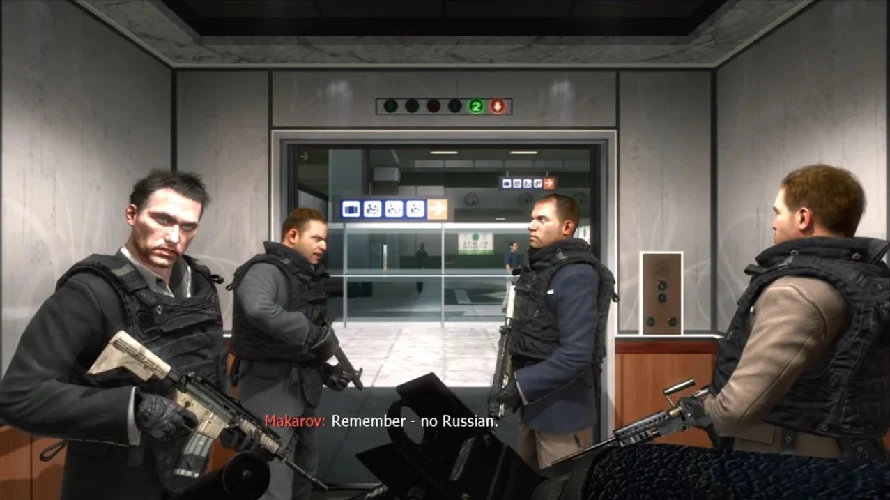
The airport mission puts you in the role of an undercover agent working with Vladimir Makarov during a large-scale attack. It begins with a warning about the difficult content and gives you the choice to skip it. The level is designed to be different from typical shooting games-it doesn’t have scoring or a timer-and movement is slowed down to keep you focused on what’s happening.
The story following the attack suggests it was a false-flag operation – meaning it was designed to look like it was carried out by someone else – and that this intentionally worsened the larger conflict. The way the mission was designed, limiting player choices and including clear disclaimers, sparked a lot of conversation about how things are shown in games, from whose point of view, and what kinds of settings are appropriate, in future releases.
The Opening Night in The Last of Us
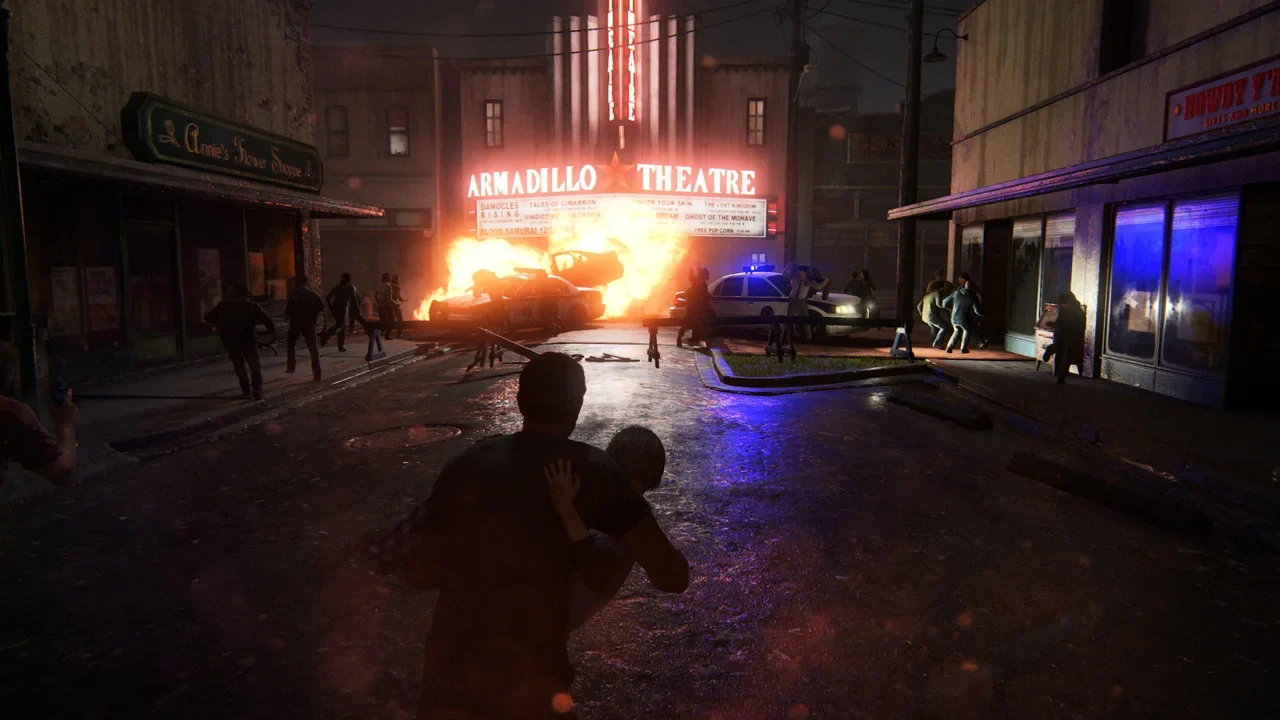
The Last of Us starts by showing the beginning of the outbreak through the eyes of Sarah, Joel’s daughter. We see events unfold as she follows the increasingly urgent emergency broadcasts on the car radio, hears sirens, and witnesses what’s happening in their neighborhood. This sequence tragically ends with Sarah’s death, which sets up Joel’s deep-seated trauma before the story jumps forward in time.
From a production standpoint, the game mixes cinematic cutscenes with interactive gameplay, and allows for smooth transitions between controlling different characters. The environment itself tells a story-things like fallen signs, panicked characters, and blocked roads-show how the world has fallen apart, while also subtly teaching you how to move and frame the camera, skills you’ll need later in the game.
The White Phosphorus Strike in Spec Ops: The Line
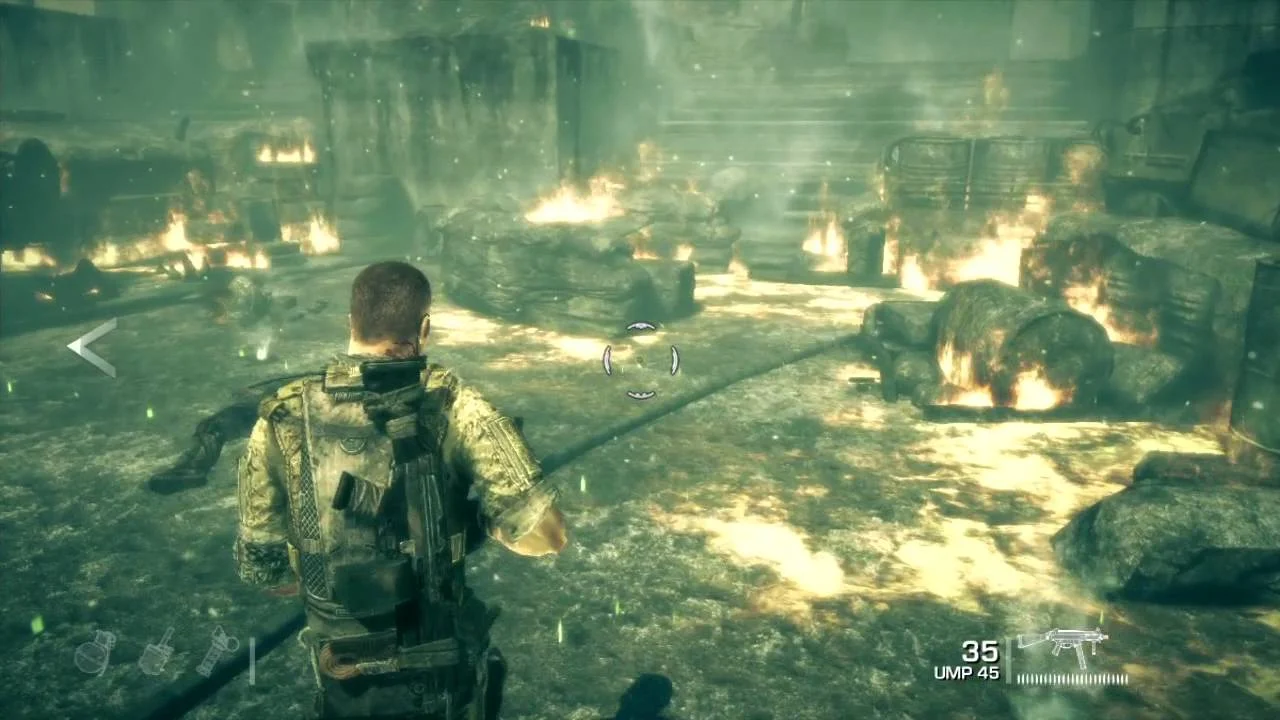
During the campaign, players are tasked with using white phosphorus on a heavily defended location, employing a thermal imaging system to hide the identities of people below. When they later investigate the site, it becomes clear the victims were not soldiers, but civilians.
To move forward, you must follow this specific order; there are no other options. The game emphasizes the impact of your choices by changing character dialogue, the text displayed on loading screens, and even the characters’ appearances. It uses these systems and how things are presented to make you think about whether difficult choices are truly necessary evils within the game’s missions.
Samus Is a Woman in Metroid
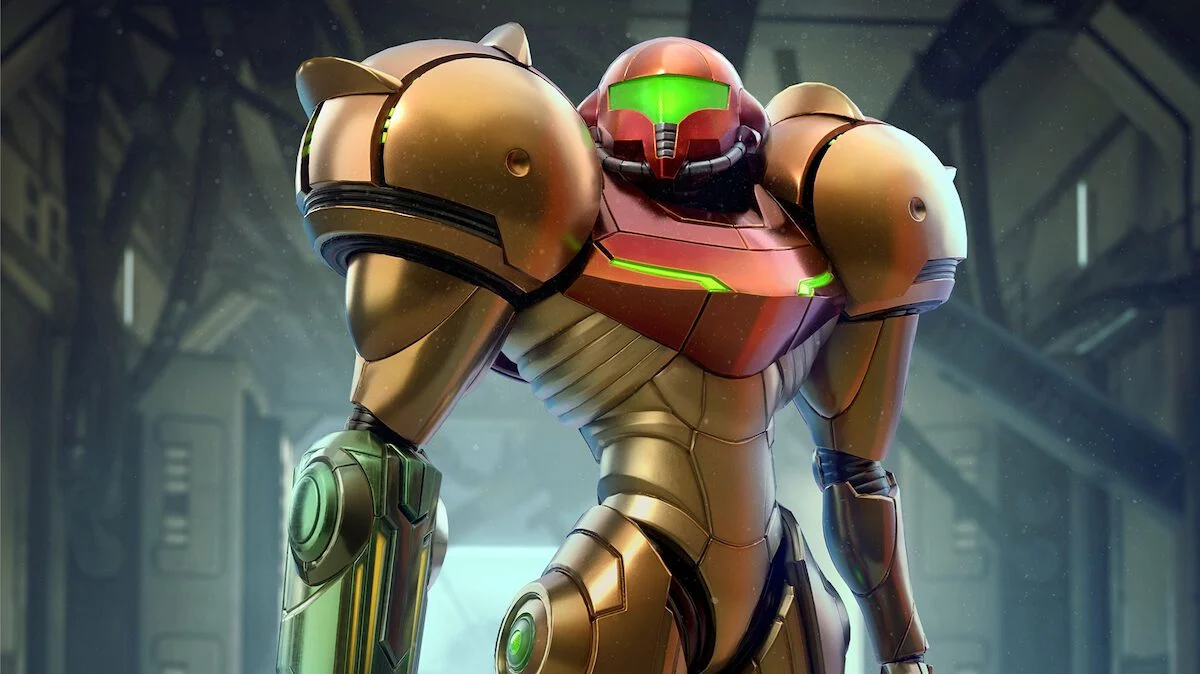
Completing the game Metroid with certain achievements unlocks a scene showing Samus Aran without her Power Suit, establishing that the main character is a woman-a rare reveal for an action game released in 1986. The extent of this reveal, showing more or less of Samus, depends on how quickly the game is finished, influencing which ending is seen. This was a significant moment in gaming history.
The game connects how well you play-your speed and how completely you explore-to both how the story unfolds and the ending you receive. By making character details and story progression dependent on your skill, it pioneered the idea of unlocking story content through gameplay in action-platformer games. This approach was a first of its kind.
James’s Truth in Silent Hill 2
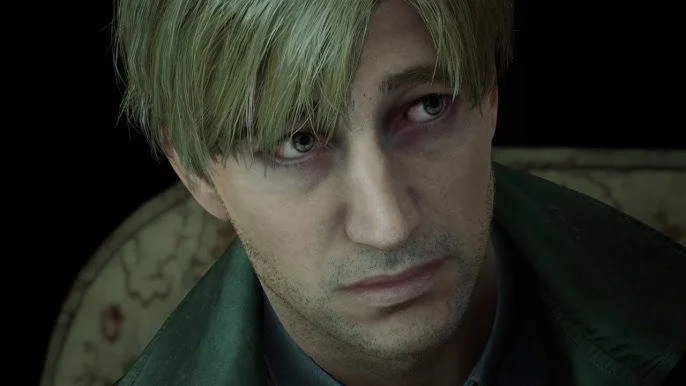
Towards the end of Silent Hill 2, a videotape and the events that follow reveal that James Sunderland was responsible for his wife, Mary’s, death. This changes how we understand the strange things happening in the town, showing they are a result of James’s guilt. Details we noticed earlier – the way enemies look, pieces of letters, and where objects are placed – now make much more sense and gain a clearer meaning.
How the story ends depends on small details in how you play, such as using health items, paying attention to certain objects, and the dialogue choices you make. The game tracks your playstyle and uses it to shape the ending, essentially building a psychological profile based on your actions.
The Nuclear Detonation in Call of Duty 4: Modern Warfare
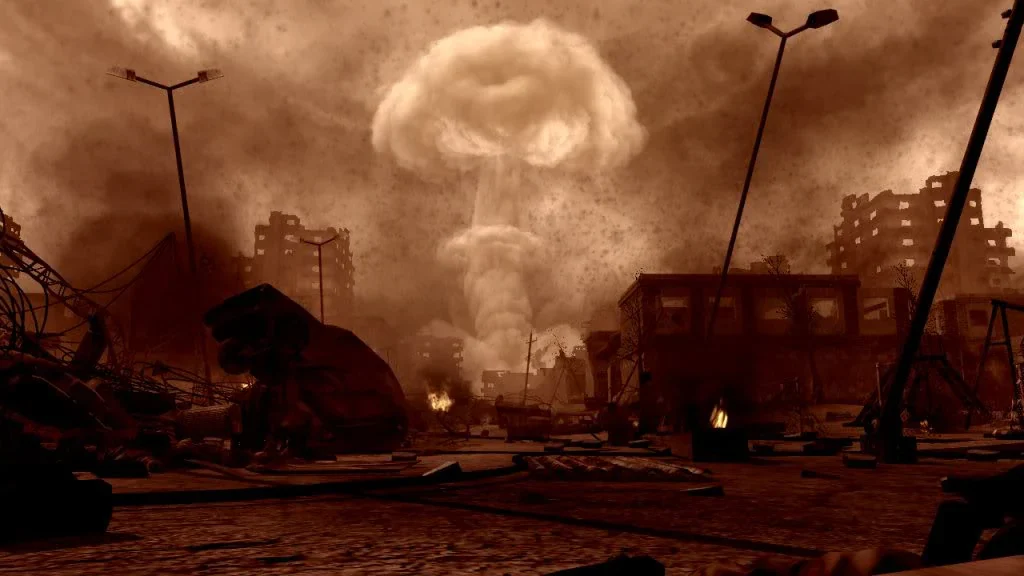
Okay, so I was playing, and things went *really* south. We were trying to rescue someone, but a nuclear bomb went off, and honestly, it killed my Marine and the whole unit. It was brutal. Then, you’re put in this really unsettling, controllable sequence where you crawl through the wreckage, and it’s made super clear there’s no way to save that character or continue playing as them. It’s a dead end – a really impactful one, actually. It really drives home the permanence of death in this game.
This single instance of losing a character’s perspective highlights a permanent consequence within the game’s main story, which is told through many different characters. It also sets up important challenges that affect future missions, all while keeping the story moving forward by letting players experience events through the eyes of other characters.
The Raiden Switch in Metal Gear Solid 2: Sons of Liberty
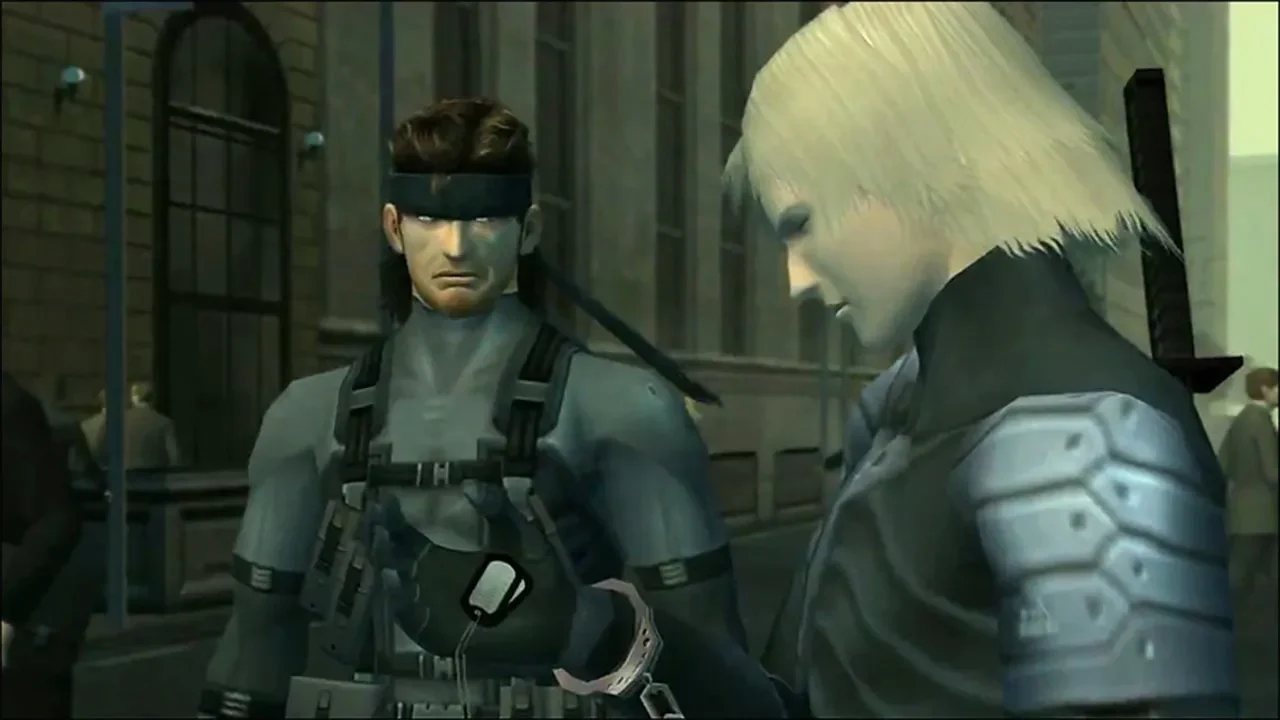
Following an introductory section with Solid Snake, the game’s story surprisingly puts you in control of Raiden, a character who wasn’t highlighted much before the game came out. After this switch, all communications through the Codec, explanations of missions, and the development of relationships between characters focus on Raiden.
The transition is complete: character abilities, item management, and the story’s focus all shift to the new main character. Later parts of the game build on this change, offering insights into how information is managed, shown through planned in-game conversations and helpful tutorials. These elements explore the idea of information control.
Psycho Mantis Reads Your Memory Card in Metal Gear Solid
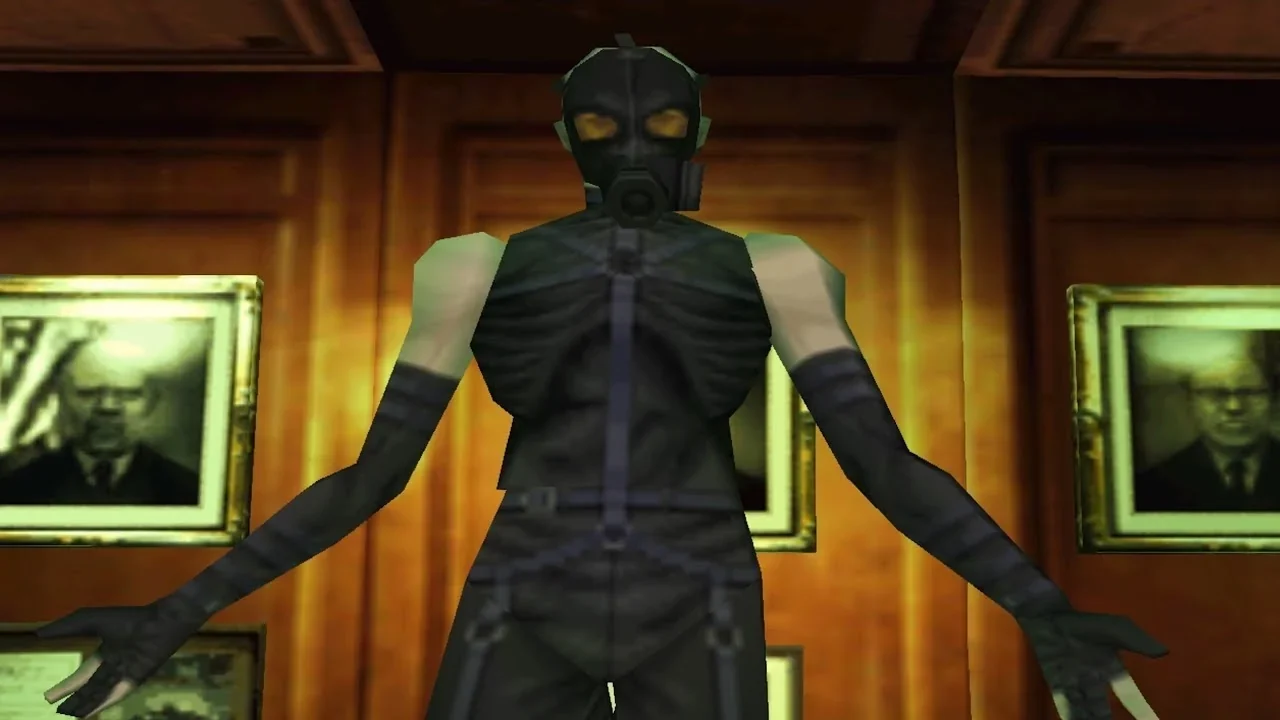
The battle against Psycho Mantis is unique because it reads save data from your console’s memory card to make remarks about other games made by Konami. It also creates the illusion of losing control by seemingly “moving” the screen. To trick him and overcome his “mind-reading” ability, players need to plug their controller into port 2.
This challenge cleverly uses a physical controller switch as the solution, instead of relying on an item found within the game. Specifically on PlayStation, it showed how the game could react to the console itself, making the boss battle design more unique and interactive.
GLaDOS’s Betrayal in Portal

Once Chell finishes the test chambers, GLaDOS unexpectedly sends her toward an incinerator rather than freedom, changing the predictable puzzle sequence into a desperate escape through the facility’s maintenance areas. This change forces Chell to use previously familiar objects – like cubes, portals, and precise timing – in new and creative ways to navigate the environment.
The game keeps familiar elements – like precise movement, voice guidance, and hidden pathways – but introduces new goals. The final challenge then cleverly reuses these features in a boss battle that’s powered by the game’s fundamental physics engine.
Deleting Yourself for Others in Nier (Ending D)
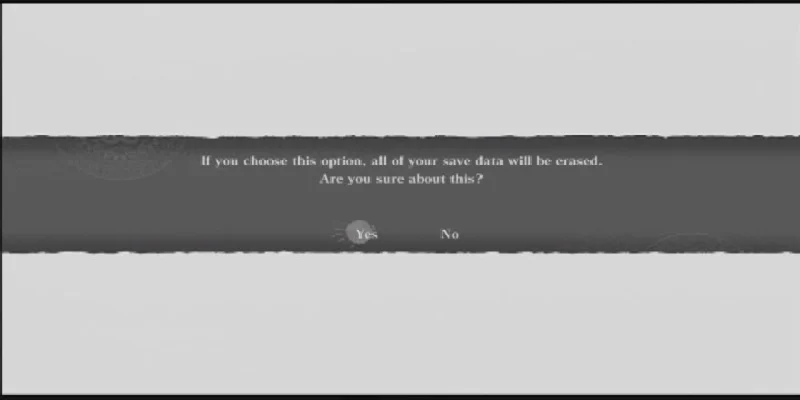
In the original Nier from 2010, selecting Ending D completely erases all of the player’s saved progress for that save file – including weapons, quests, and any progress made. The game also stops you from using the same character name on that profile again, and asks you to confirm this action several times.
This deletion mechanic is designed so that when you reach certain endings, new scenes and viewpoints become available on subsequent playthroughs. Linking a character’s story-driven sacrifice to permanently deleting the save file takes the idea of impactful choices and extends the consequences beyond just one playthrough. It means your decisions truly have lasting effects, altering what you experience each time you replay the game.
Sans’s Fight in Undertale’s Genocide Route
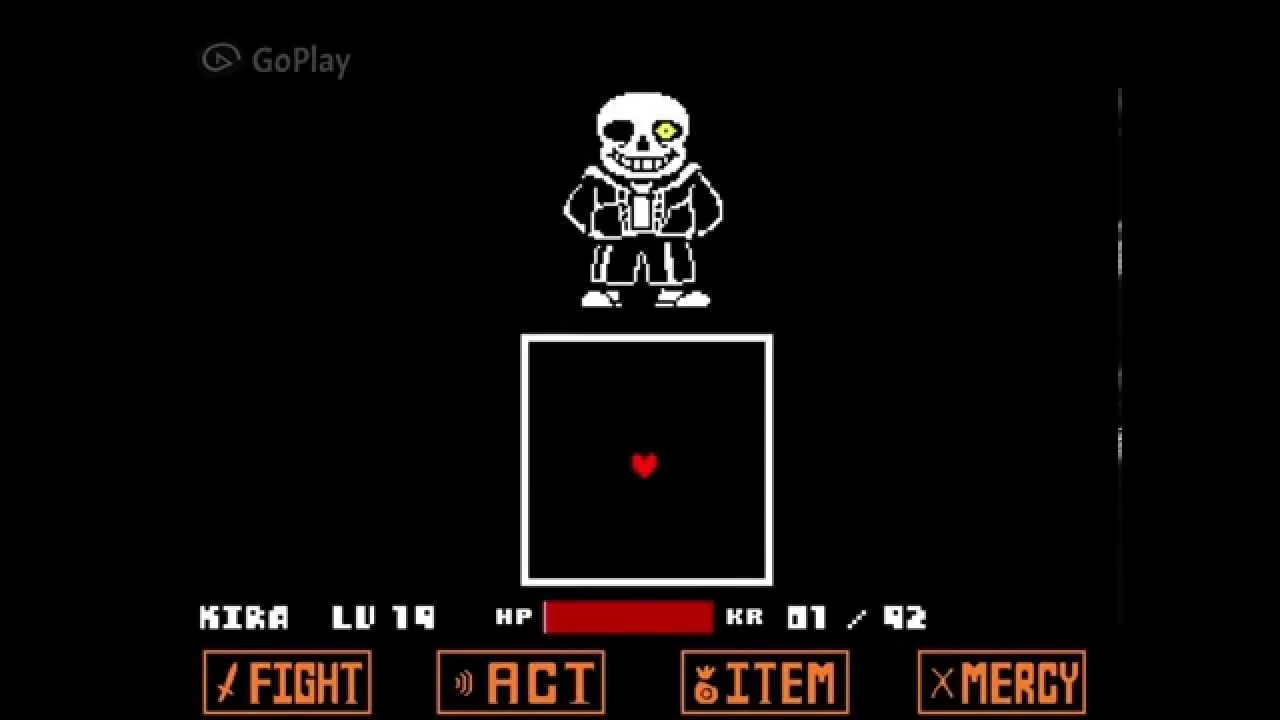
Choosing the Genocide route – by avoiding all encounters in each area – culminates in a challenging battle with Sans, which subverts traditional RPG conventions. He evades the player’s attacks and incorporates platforming sections with shifting gravity, all while maintaining a turn-based combat system.
Undertale remembers what you do even when you start a new game or reset, and characters will comment on your past actions and choices. The battle with Sans is like a check on your gameplay – it looks at everything you’ve done. He uses challenging bullet-hell attacks, special effects, and dialogue that acknowledges the game itself to make you face the consequences of your choices. It’s a unique way to enforce accountability.
Crono’s Death in Chrono Trigger

When facing Lavos, the main character, Crono, tragically dies, meaning the usual leader of your team is gone. The story doesn’t end there, though. It continues without him, and this unlocks different paths you can take. These paths change which characters you focus on and which quests become available.
Players have optional side quests they can complete to find the Time Egg and try to bring Crono back to life. This requires using time-bending items in a particular order. The event showcases how the game allows players to continue the story even after a significant setback, without being forced to stop the main campaign.
Fourth-Wall Fractures in Eternal Darkness: Sanity’s Requiem
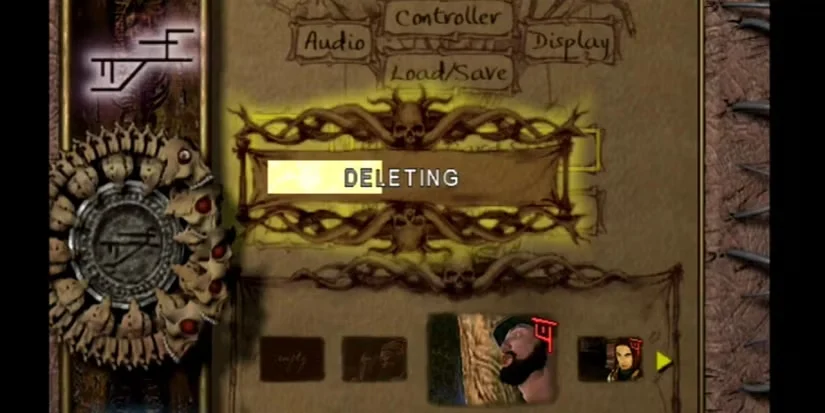
As your character’s sanity declines in Eternal Darkness, the game creates “sanity effects” that appear like technical problems: the volume might change on its own, the screen could shift unexpectedly, you might be asked if you want to delete your saved game, and the game might even seem to crash with sudden cutscenes. Importantly, these effects aren’t random; they’re triggered by entering certain rooms or when your sanity drops to specific levels.
Since these effects change how players see the game world, they must learn to maintain their sanity just like they manage health and magic. This system is woven into both spellcasting and enemy creation, turning mental stability into a key part of strategy throughout the entire game.
Share the shocking gaming moment that floored you most in the comments!
Read More
- Broadcom’s Quiet Challenge to Nvidia’s AI Empire
- Trump Ends Shutdown-And the Drama! 🎭💸 (Spoiler: No One Wins)
- Gold Rate Forecast
- METH PREDICTION. METH cryptocurrency
- How to Do Sculptor Without a Future in KCD2 – Get 3 Sculptor’s Things
- South Korea’s KRW1 Stablecoin Shocks the Financial World: A Game-Changer?
- HBAR’s Desperate Dance: Can It Break Free from Bear Market Ballet? 💸
- Blockchain Freeze Fest: 16 Blockchains and the Power to Lock Your Wallet 🎭🔒
- CNY JPY PREDICTION
- 10 TV Episodes So Controversial They Were Banned Forever
2025-10-02 22:49